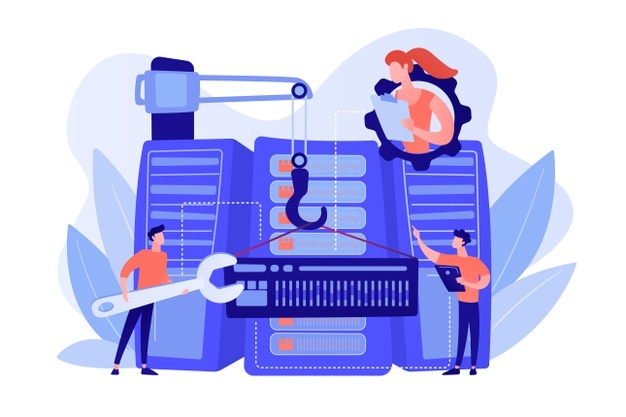Posted inProfessional Ethics & Human Values
PROFESSIONS AND PROFESSIONALISM
Engineers normally imagine that they are servants to organizations rather than a public guardian. Responsibility to the public is essential for a professional. Who is a professional? • Obviously a member of a profession. What is a profession? ‘JOB’ or ‘OCCUPATION’ that meets the following criteria from which a person earns his living. • Knowledge – Exercise of skills, knowledge, judgment and discretion requiring extensive formal criteria. • Organization - special bodies by members of the profession to set standard codes of ethics, • Public good-The occupation serves some important public good indicated by a code of ethics. Who is a professional engineer? • Has a bachelor’s degree in engineering from an accredited school • Performs engineering work • Is a registered and licensed Professional Engineer • Acts in a morally responsible way while practicing engineering Differing…
